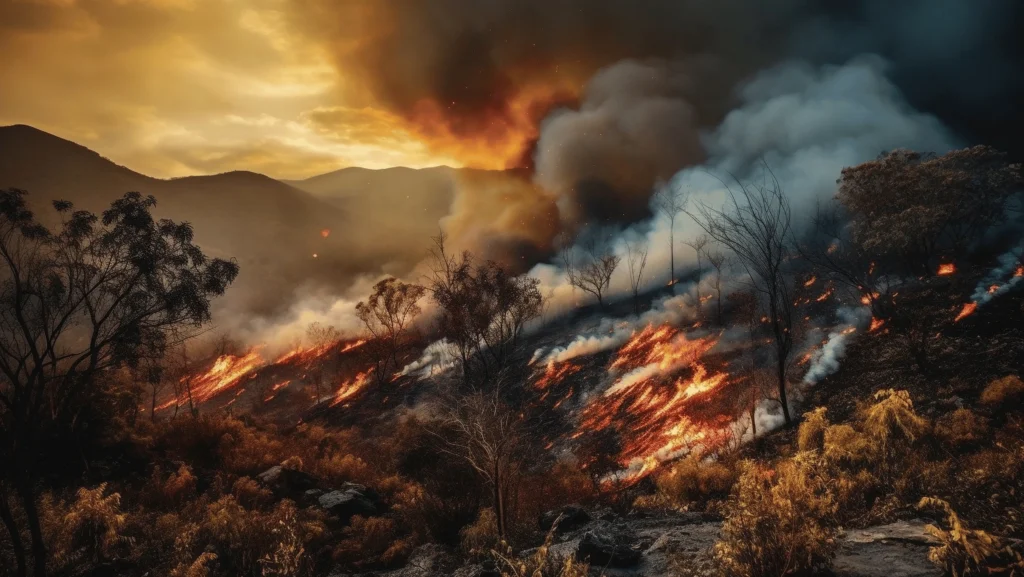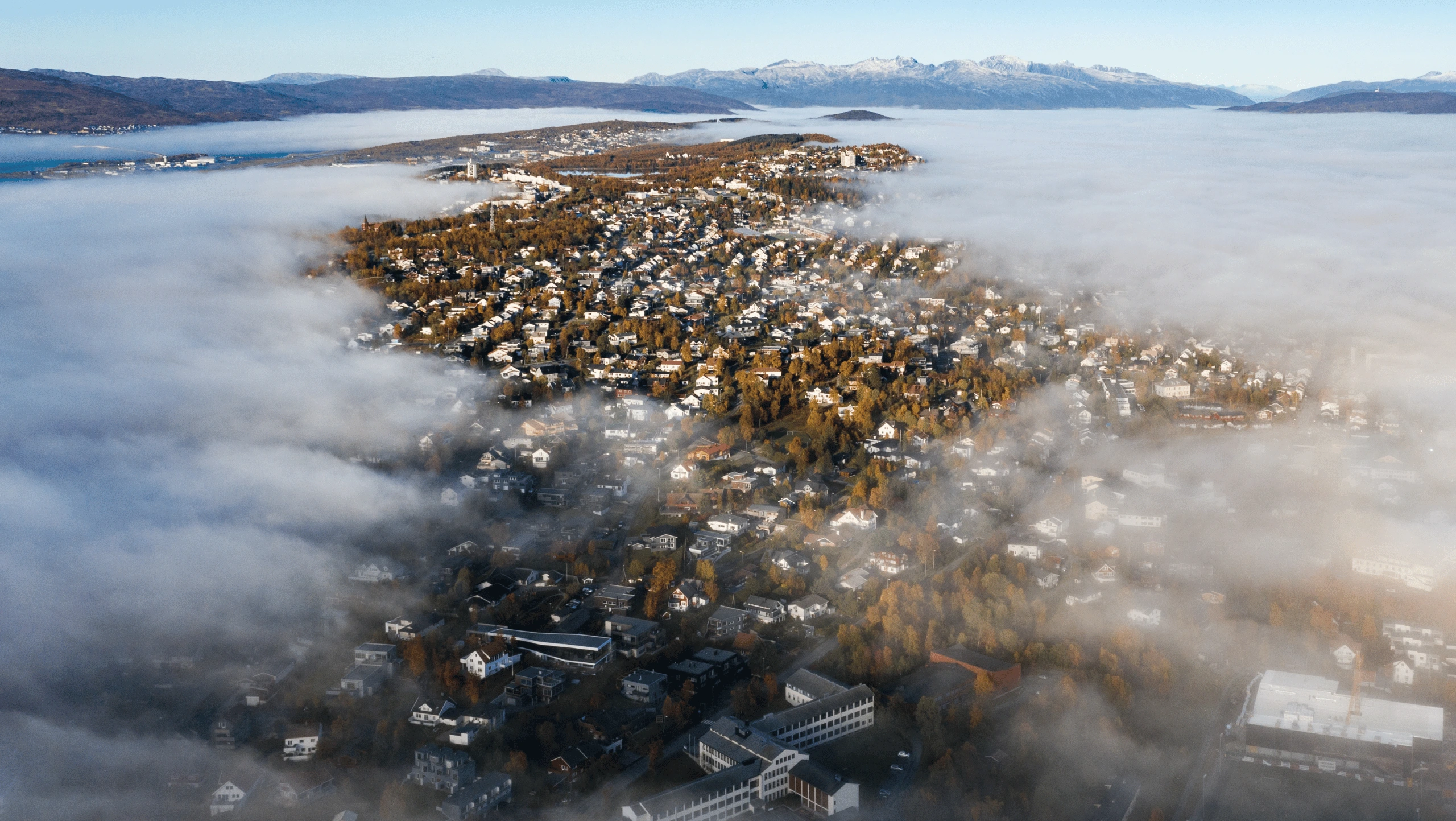California, home to some of the most beautiful landscapes in the United States, is also known for its vulnerability to wildfires. As climate change intensifies and wildfires become more frequent, residents in wildfire-prone areas must prioritize effective insurance strategies to protect their homes and assets. A comprehensive insurance plan can provide the peace of mind necessary to navigate the challenges posed by living in such high-risk zones.
Understanding the Wildfire Risk
Before delving into specific strategies, it’s essential to understand the scope of the wildfire risk in California. The state has experienced an increasing number of wildfires in recent decades, driven by a combination of drought, high temperatures, and strong winds. Many areas, especially in the northern and central parts of the state, are heavily forested, and these environments are particularly vulnerable to rapid and destructive fires. Residents in these regions must acknowledge that wildfire risk is not only a possibility but a reality that could impact their property and safety at any time.
Homeowners Insurance Coverage
The cornerstone of any insurance strategy in a wildfire-prone area is robust homeowners insurance. Traditional homeowners insurance typically covers damages caused by fire, but it’s crucial to review the policy to ensure it explicitly includes coverage for wildfires. Wildfire coverage should be comprehensive, encompassing the structure of the home, personal property, and liability protection in the event of injury or damages to others. However, it’s important to note that some policies may exclude wildfire damage, requiring homeowners to add specific endorsements or riders for wildfire protection.
Wildfire Insurance Riders
Given the escalating risks associated with wildfires, many homeowners are turning to wildfire-specific riders to bolster their coverage. These riders are designed to cover the unique challenges posed by wildfire destruction, including costs related to evacuations, temporary housing, and debris removal. Some insurance companies offer additional wildfire coverage options, such as extended replacement cost coverage, which ensures homeowners can rebuild their property even if the cost exceeds the original policy limit due to inflated rebuilding prices following a catastrophic wildfire.
Building a Fire-Resistant Home
Another key component of an effective insurance strategy is fortifying the home itself against wildfire damage. Insurance companies are increasingly offering discounts to homeowners who implement fire-resistant features, such as fire-retardant roofing, non-combustible siding, and defensible space around the property. Defensible space refers to creating a buffer zone by clearing vegetation, dead plants, and debris within a specific radius of the home. Not only do these measures reduce the likelihood of fire spreading to the home, but they may also reduce insurance premiums by decreasing the overall risk profile of the property.
Understanding Deductibles and Coverage Limits
When reviewing insurance policies, it’s essential to pay attention to deductibles and coverage limits. In wildfire-prone areas, insurers may increase deductibles or place caps on coverage due to the high risk of loss. Homeowners may face higher out-of-pocket expenses in the event of a claim, so it’s crucial to budget for this possibility. Additionally, homeowners should assess whether their policy provides enough coverage to rebuild their home to current standards and replace all personal belongings in the event of a total loss.
Emergency Evacuation and Additional Living Expenses
Wildfires often require rapid evacuation, and homeowners should ensure their insurance includes coverage for evacuation costs and additional living expenses (ALE). ALE provides compensation for temporary housing, meals, and other necessary expenses incurred while displaced due to a wildfire. Since evacuation orders can be unpredictable, having this coverage can alleviate financial burdens during an already stressful time. Some insurance providers also offer emergency kits or preparedness resources to policyholders, ensuring they are well-equipped if an evacuation becomes necessary.
Risk Mitigation and Risk Reduction Programs
Many insurers encourage homeowners to participate in risk mitigation programs aimed at reducing wildfire risks. These programs often provide discounts for activities such as fire-safe landscaping, installing ember-resistant vents, or creating fire breaks around the property. By taking these proactive steps, homeowners not only improve the safety of their property but also demonstrate their commitment to reducing the risk of wildfire damage. In turn, insurers may reward these efforts with reduced premiums, incentivizing policyholders to take preventive measures.
Bundling Insurance Policies
For homeowners in wildfire-prone areas, bundling insurance policies can be a strategic way to manage costs while ensuring comprehensive coverage. Bundling typically involves purchasing multiple insurance policies from the same provider, such as combining homeowners, auto, and umbrella insurance. Bundling often results in discounts, making it a cost-effective strategy for residents looking to secure a wide range of coverage while keeping premiums manageable. However, it’s essential to evaluate the individual policies and their coverage limits to ensure that bundling doesn’t compromise protection in critical areas.
Choosing the Right Insurance Provider
Selecting the right insurance provider is another essential aspect of an effective wildfire insurance strategy. Not all insurance companies are equal when it comes to handling claims related to natural disasters, so it’s important to research insurers with a strong reputation for responding to wildfire damage. Homeowners should seek out providers who offer timely claims processing, clear communication, and fair compensation. Additionally, insurers with experience in wildfire-prone areas may have specialized knowledge of local risks, regulations, and recovery efforts, making them better equipped to handle claims efficiently.
Community and Statewide Insurance Programs
In California, homeowners in wildfire-prone areas may also explore state-sponsored programs designed to help those who struggle to find private insurance. The California Fair Plan, for example, is a state-backed insurance program that provides coverage for homeowners in high-risk areas who are unable to obtain insurance through traditional means. While the California Fair Plan can be an essential lifeline for some homeowners, it often comes with limited coverage options and higher premiums, so it’s essential to carefully evaluate whether this program meets individual needs.
Conclusion
Living in a wildfire-prone area presents unique challenges, but with the right insurance strategy, homeowners can safeguard their property and peace of mind. From selecting comprehensive homeowners insurance with wildfire coverage to implementing fire-resistant features and participating in mitigation programs, residents can significantly reduce their exposure to the risks of wildfires. By understanding the nuances of coverage options, riders, and policy limits, homeowners can ensure they are adequately protected in the face of California’s ever-increasing wildfire threat.




